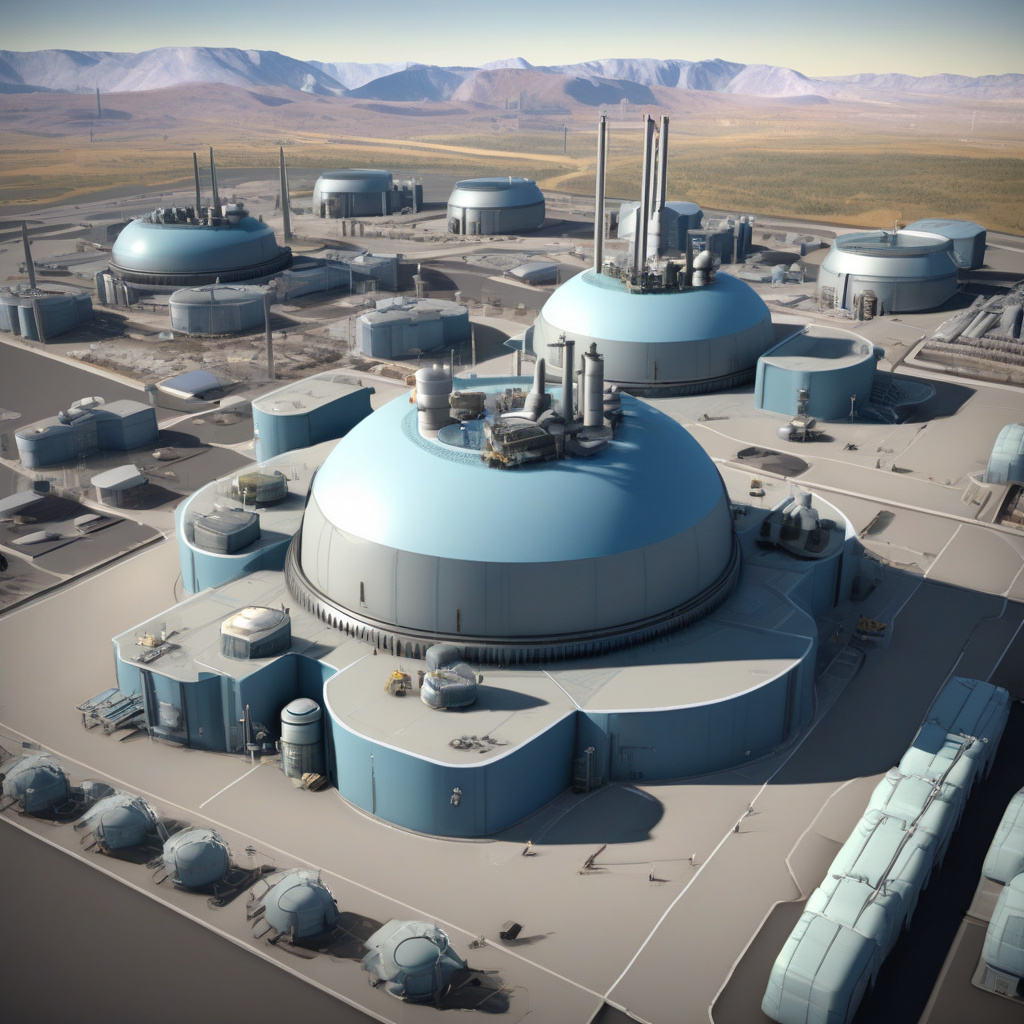Small Nuclear Reactors to Power US Military Bases, Boosting Resilience, Readiness
In a move forward for the United States Army’s energy reliance, a plan has been put in place to utilize small nuclear reactors to power military bases. This groundbreaking initiative aims to enhance the resilience and readiness of the US military by providing a reliable and sustainable source of energy.
The concept of using small nuclear reactors on military installations is not new, but advances in technology and a growing need for energy security have reignited interest in this innovative approach. These reactors, also known as microreactors, offer a compact and efficient way to generate power, making them ideal for remote or off-grid locations such as military bases.
One of the key advantages of small nuclear reactors is their ability to operate autonomously for long periods, reducing the need for frequent refueling or maintenance. This means that once installed, these reactors can provide a continuous and stable source of energy, ensuring that critical operations at military bases are not disrupted due to power outages or fuel shortages.
Moreover, small nuclear reactors produce minimal greenhouse gas emissions compared to traditional fossil fuel-based power generation, aligning with the military’s commitment to reducing its carbon footprint. By transitioning to cleaner energy sources, the US Army can contribute to environmental sustainability while enhancing its operational capabilities.
Another significant benefit of small nuclear reactors is their inherent safety features. These reactors are designed with robust containment systems and passive cooling mechanisms to mitigate the risk of accidents or meltdowns. Additionally, their compact size reduces the potential impact radius in the unlikely event of a malfunction, ensuring the safety of personnel and surrounding communities.
The deployment of small nuclear reactors on military bases also offers strategic advantages in terms of energy independence. By reducing reliance on external sources of power, the US military can enhance its operational flexibility and mitigate the risks associated with disruptions to the civilian grid. This increased resilience is crucial for maintaining readiness in the face of unforeseen challenges or threats.
Furthermore, small nuclear reactors have the potential to revolutionize the way military bases are powered, paving the way for a more secure and sustainable energy future. As technology continues to advance and regulations evolve to support the deployment of these innovative systems, the US Army is poised to lead the way in leveraging small nuclear reactors for enhanced resilience and readiness.
In conclusion, the integration of small nuclear reactors to power US military bases represents a significant step forward in strengthening energy security and operational capabilities. By embracing this cutting-edge technology, the military is not only enhancing its readiness but also demonstrating its commitment to sustainability and innovation in the face of evolving challenges.
energysecurity, militaryreadiness, smallnuclearreactors, sustainablenergy, technologicalinnovation












